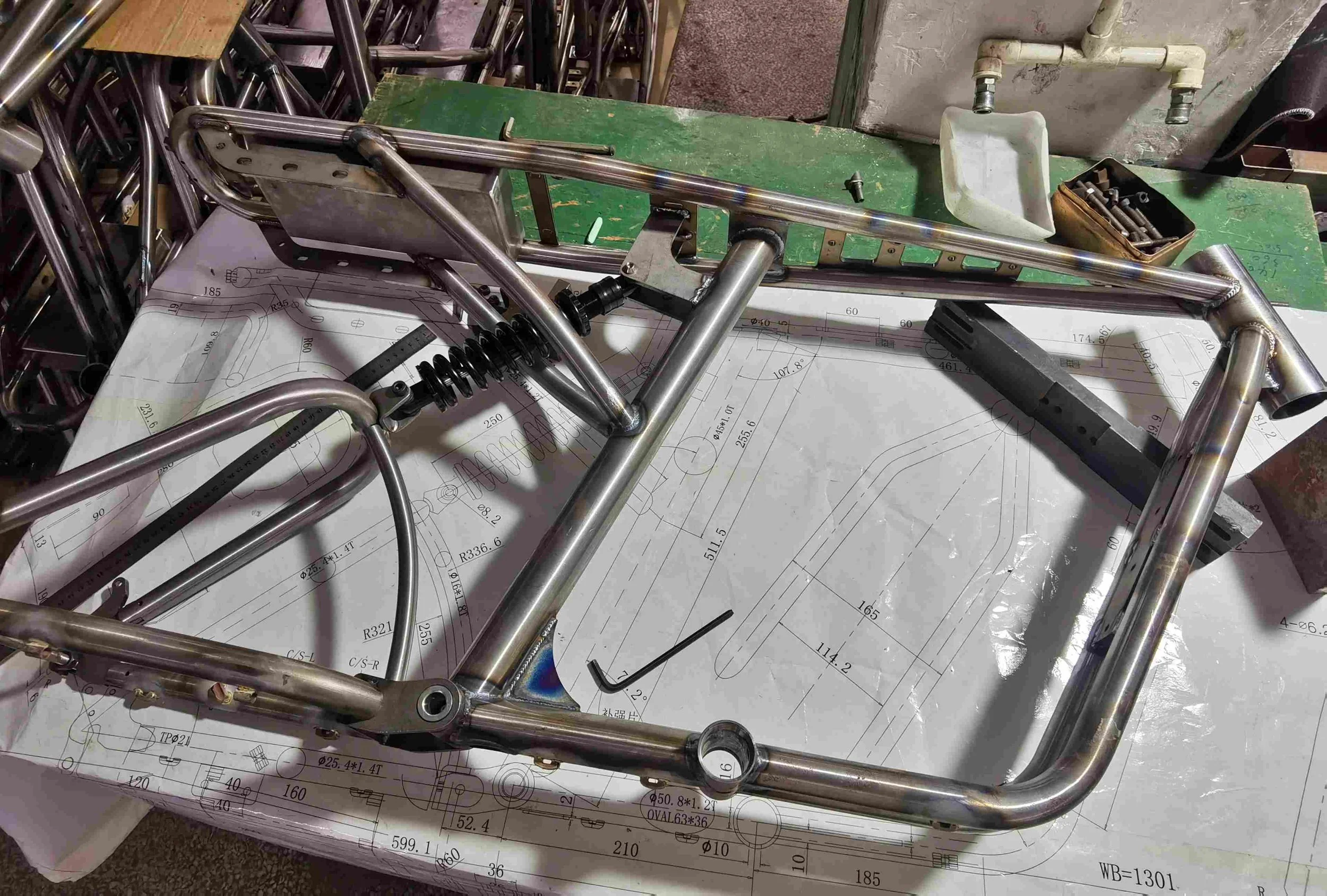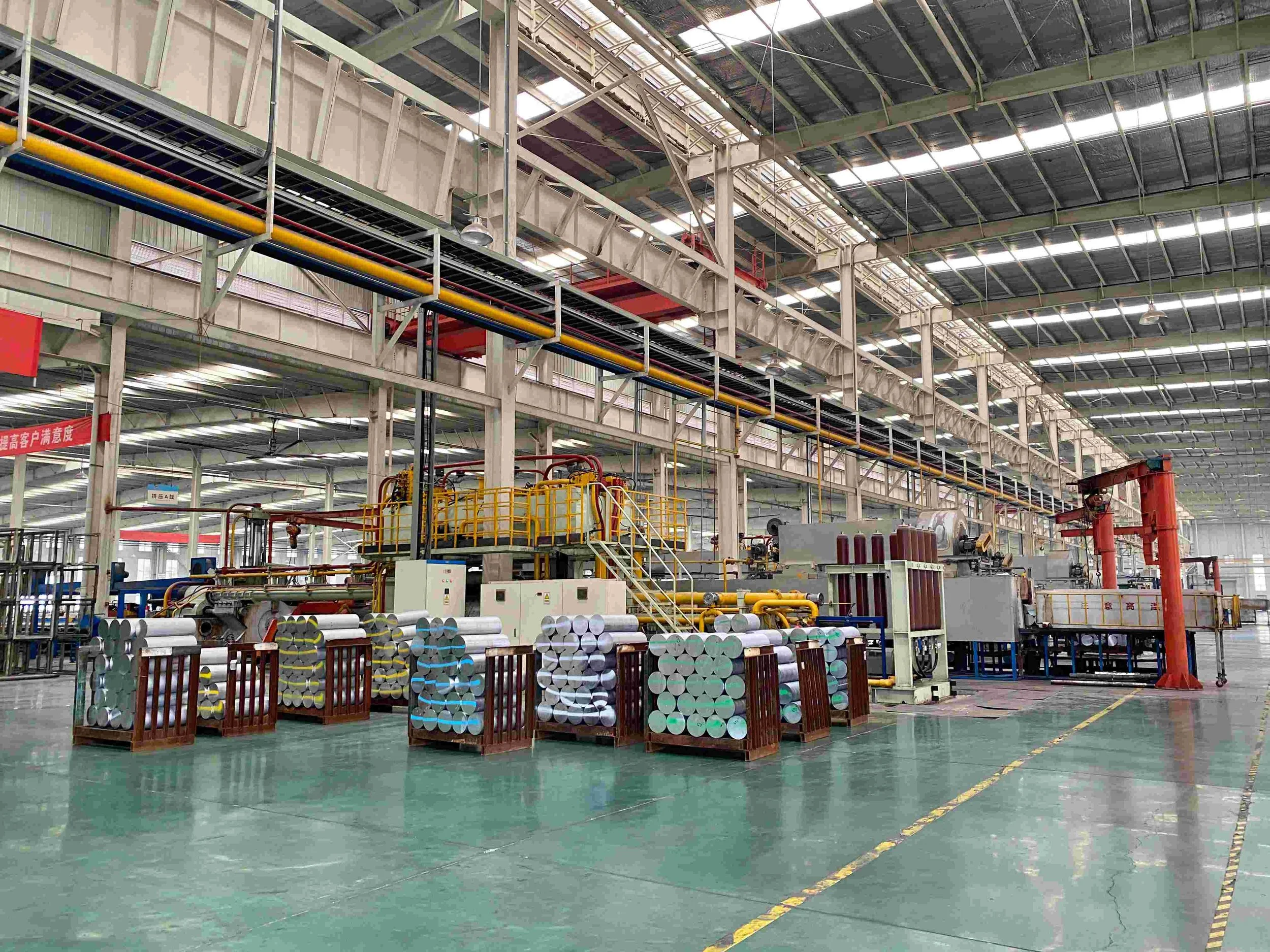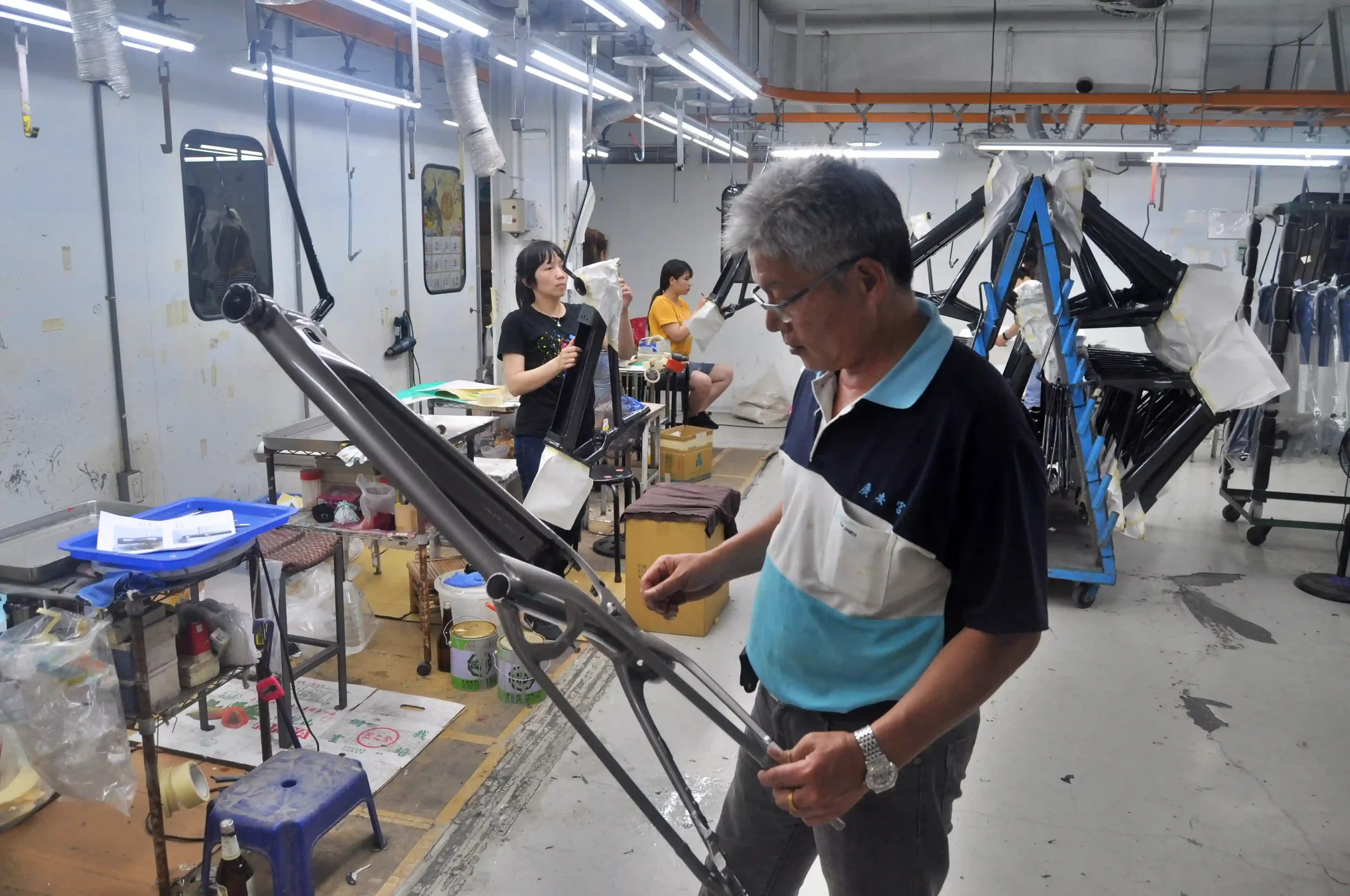What to Expect in the Bike Manufacturing Industry in 2024.
Weaker Global Demand and Manufacturing Slow Down
We saw general demand for bicycles and e-bikes decrease significantly in 2023 due to the bullwhip effect that started in the fourth quarter of 2022, mainly in the United States and then Europe soon after. Various factors also contributed to weakened demand throughout 2023, which we fully expect to continue through the first three quarters of 2024. As a result, manufacturers in every segment have been forced to reduce their labor force, limit factory operation days to only a few days a week, and freezing plans to expand capacity.
Judging on the feedback from a handful of OEM complete bike and component producers in each region, production orders for 2024 are weaker than pre-Covid and is expected to last until the USA and European markets can deal with excess inventory issues and reset prices.
When we visit manufacturers in Taiwan, China, Southeast Asia – the same problem was apparent regardless of location or product type. Factories were below general capacity due to weak demand and only a fraction of the original labor force remained, working only a few days per week. A surge of new investments from Taiwan and China producers to build new factories in Southeast Asia have subsequently stalled until they can anticipate improved demand.
Defaulting on Payments and Excessive Stock.
In 2023, a large number of bike and component brands folded due to financial issues related to the sudden crash in demand as well as other overlying factors. While each of these instances are reported in the news media, there is even a larger number of bike and component companies that are unable to meet their financial obligations to their manufacturers by cancelling orders, deferring payment, defaulting payment, or abandoning their unshipped stock. As a result, almost every manufacturer has had to absorb some of this burden in 2023, with few being able to retain legal support to collect their debts. As of today, manufacturer warehouses are still full of unfinished or unshipped items – frames, materials, components, parts, complete bikes, etc – most of which are stock from the 2022 model year. These issues are expected to last through 2024, with very few instances where a resolution can be reached.
Increase in Competition from China-based exporters.
One of the trends that we observed since before 2019 was the increase in product from China-based exporters operating e-commerce on multiple platforms to compete with brands in the United States and Europe.
In the USA market these days, e-bikes from China-based exporters operating through registered companies in Hong Kong or even stateside in the USA are flooding the markets with cheaper varieties that are often poorly built, not compliant with regulations, and do not have domestic aftersales support. Both the huge demand during Covid for e-bikes and the subsequent steep decline in demand causing excessive stock are causes, since most of the cheap e-bikes are using the excess stock they acquired for fractions of the actual cost. While this trend is likely to continue through 2024, several factors may reduce it. First, the US Trade Representative (USTR) may decide to not extend tariff exclusions for China-origin bikes, which are up for renewal by December 31, 2023. This will require Section 301 tariffs of 25 percent to be applied to pre-existing tariffs for bicycles, e-bikes, and various components. Second, the US Consumer Product Safety Commission (CPSC) is expected to issue new standards for e-bike and micromobility batteries by 2024-2025. If the requirements are anywhere near the strict adherence to UL certification that were enacted by New York City earlier in 2023, the cost of attaining UL certification will eliminate most of the cheap and dangerous batteries in the market. With the increase of high-profile cases involving e-bike batteries causing fires and deaths, better regulations and enforcement will likely occur sooner than later.
In the European Union, anti-dumping regulations discourages the import of China-origin bicycles and e-bikes with very high duties. China-based exporters aiming to sell bikes in the EU will often set up a new company in the EU or acquire an existing producer or importer. Since 2019, a surge of entities owned by China-based companies have set up production in Eastern Europe or acquired producers in Germany and Italy. By having parts entirely sourced from China or prepared as complete knock-down (CKD) shipments for assembly within the EU. Such shipments take advantage of inland railway routes that run from China all the way to Poland or Czechia. We have seen significant competition in every Western European market for cheaper commuter e-bikes from the new brands that are directly or indirectly owned by China-based exporters. This trend will likely extend well into 2024 and beyond.
Stricter Compliance with Battery Certification Requirements
As mentioned, a spate of battery failures causing fires that destroy homes and take lives are already being highly scrutinized by news media and governments throughout all major markets, notably United States, United Kingdom, Australia, and the EU. We observe more US-based brands publicizing their use of UL certified batteries regardless of jurisdiction that have it as a requirement. Even before the government agencies in charge of certifications enact new battery compliance requirements, we expect e-bike and micromobility brands that have the financial ability and scale to begin early adoption of using UL standard (UL 2849, UL 2272, UL 2271) or IEC standard (62133-2). This will not be an easy endeavor for any bike brand, given that testing costs for UL standard compliance is considerably expensive and will not be a free service conducted by battery manufacturers themselves.
Increase in Use of Subpar Carbon Fiber Material
A vast majority of carbon fiber production of bike frames, forks, and components are still based in China, although there is an increase of production sites in Vietnam largely owned by the same entities. In general, carbon fiber production remains in high demand, with the best manufacturers focused only on custom design projects and reluctant to take on new business under full capacity. In fact, the best carbon fiber frame manufacturers rarely need to exhibit during trade shows. This takes us to train our attention on the highly open-model centered frame manufacturers that attend every trade show. Such manufacturers were also in high demand because their open model frames and components were cheaper, without needing to pay for the custom tooling costs upfront.
Through our work in conducting factory audits and production inspections at many carbon fiber frame factories, we found that use of subpar carbon fiber material to be prevalent. The subpar carbon fiber is produced in China and is considerably cheaper due to the excess stock currently available. Based on our observations, producers will always advise that they use Japan-origin Toray material but will supplement with cheaper carbon fiber material. In fact, there is never an instance where a manufacturer will openly advise that they use cheaper carbon fiber material even though it is widely available. Without being at the factory and closely observing the procurement and production process, there is no way to verify the material because it looks the same. The layup using subpar carbon fiber will be considerably less effective than a layup using Toray or equivalent quality material. We expect to see more of this subpar carbon fiber material used on frames and other components in 2024 simply because the excess stock in China remains cheap to procure over imported varieties.
Shift in Manufacturing Bases for Preferential Duties
The US and EU markets are posed for some changes to supply chain for complete bicycles, e-bikes, and even components. This is because of geopolitical and economic factors that may come into effect in 2024.
For the United States, which receives the majority of product from China, it depends if the USTR will extend tariff exclusions for China-origin bicycles, e-bikes, and various components when it comes up for renewal on December 31, 2023. The Section 301 tariffs of 25 percent will be added to pre-existing tariffs. For example, bicycles were previously taxed at 11 percent, but will then be taxed an additional 25 percent, for a total of 36 percent. E-bikes previously tax-free will be taxed 25 percent. Such taxes will have a profound effect on US importers and there will be a massive shift in production out of China into manufacturing hubs with preferential duties – namely in Cambodia, Sri Lanka, India, Philippines, Indonesia, where the target production price point can also be easily met.
For the European Union, with e-bikes already enjoying preferential duties of 2.5 percent from Vietnam, tax-free from Cambodia and Sri Lanka, 2.5 percent from Indonesia – the total quantity of bikes being imported into the EU pre-Covid and during Covid skyrocketed. This resulted in the potential revoking of tax-free status of Cambodia, which has the bulk of bike manufacturing with substantial supply chain supplementation from Vietnam and China. Changes are unlikely to occur immediately in 2024, but if import quantities begin to rise quickly again, we expect to see a gradual shift into countries already with preferential duties and free trade agreements, or has the potential to receive them. These include Bangladesh, Sri Lanka, Philippines, Myanmar, and Japan.











